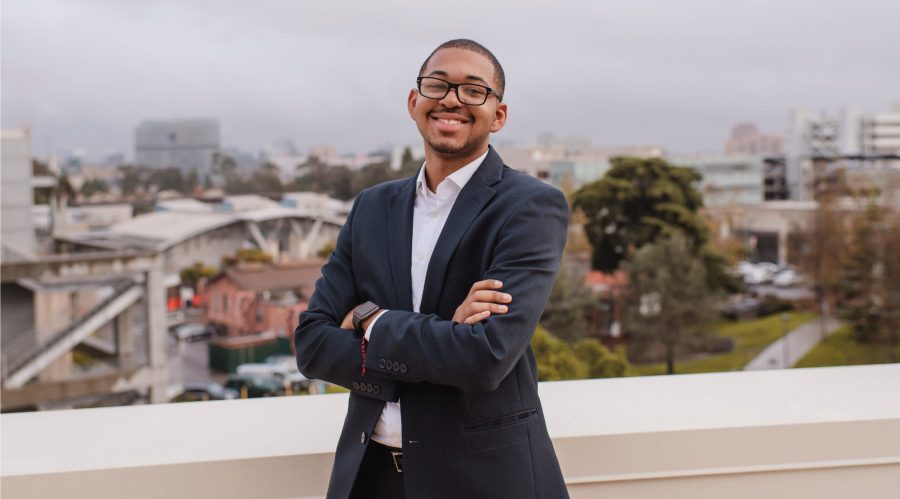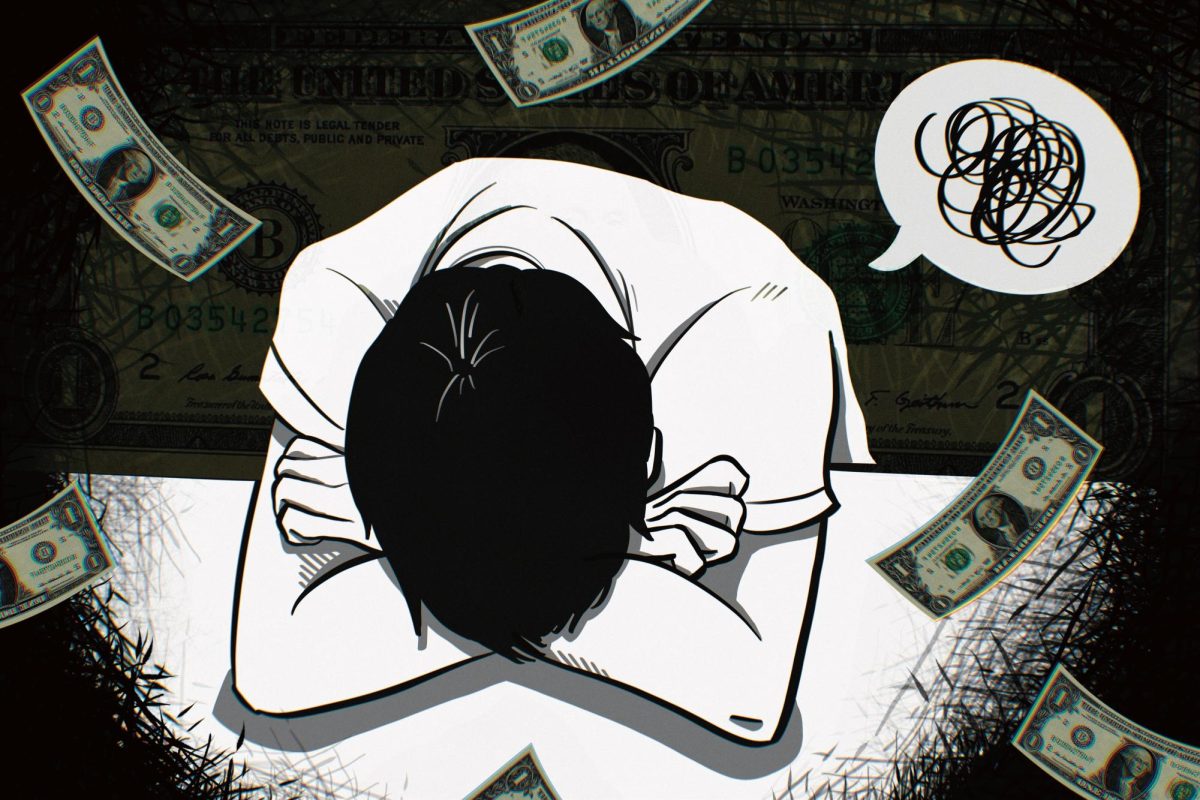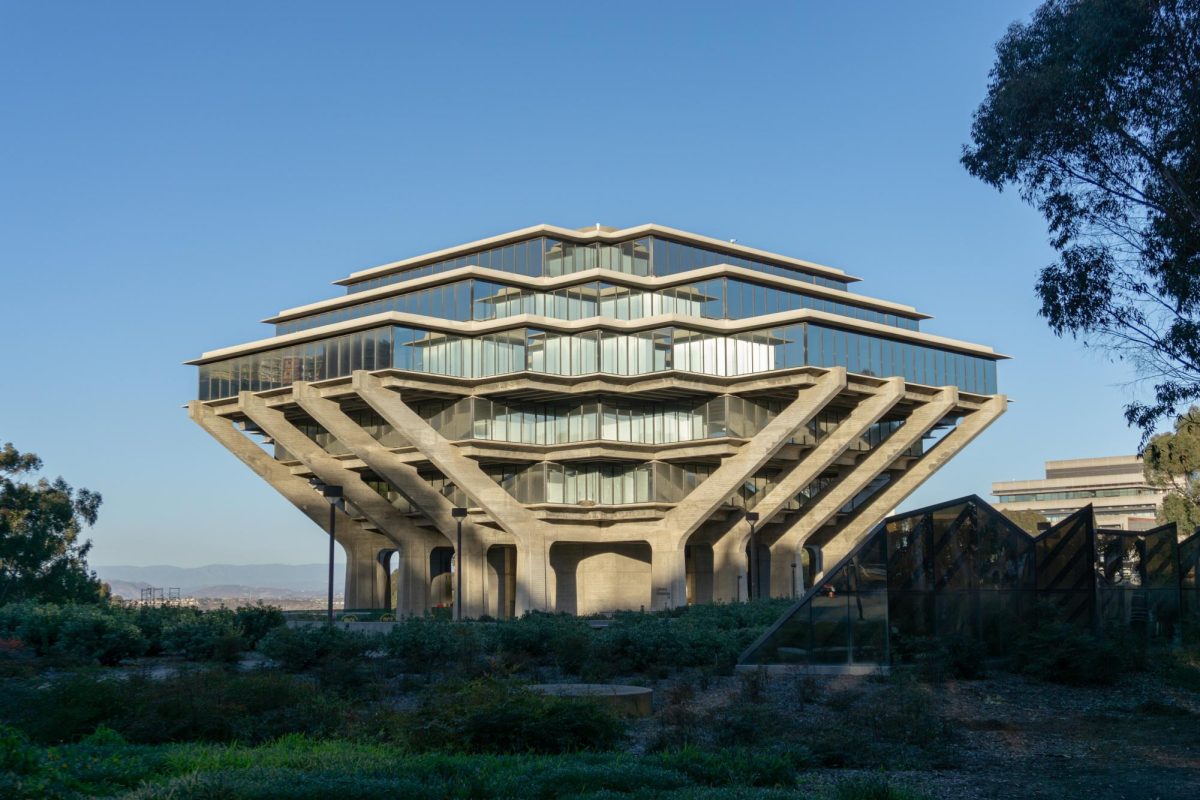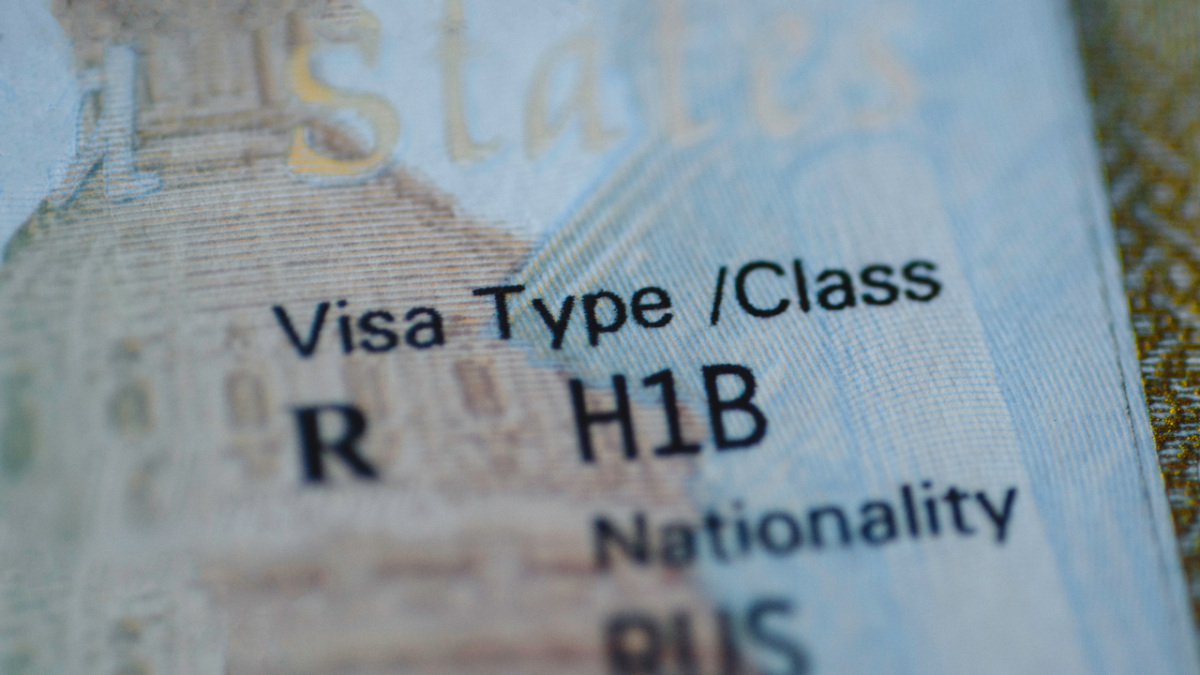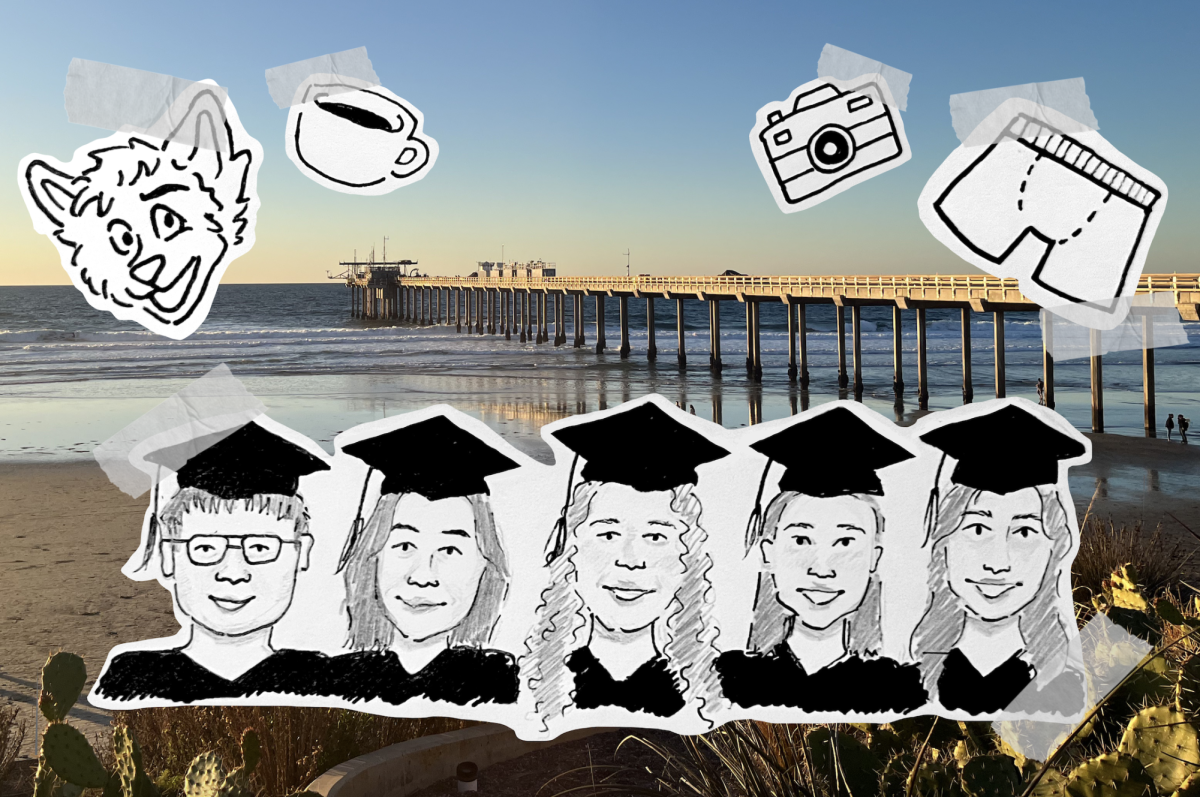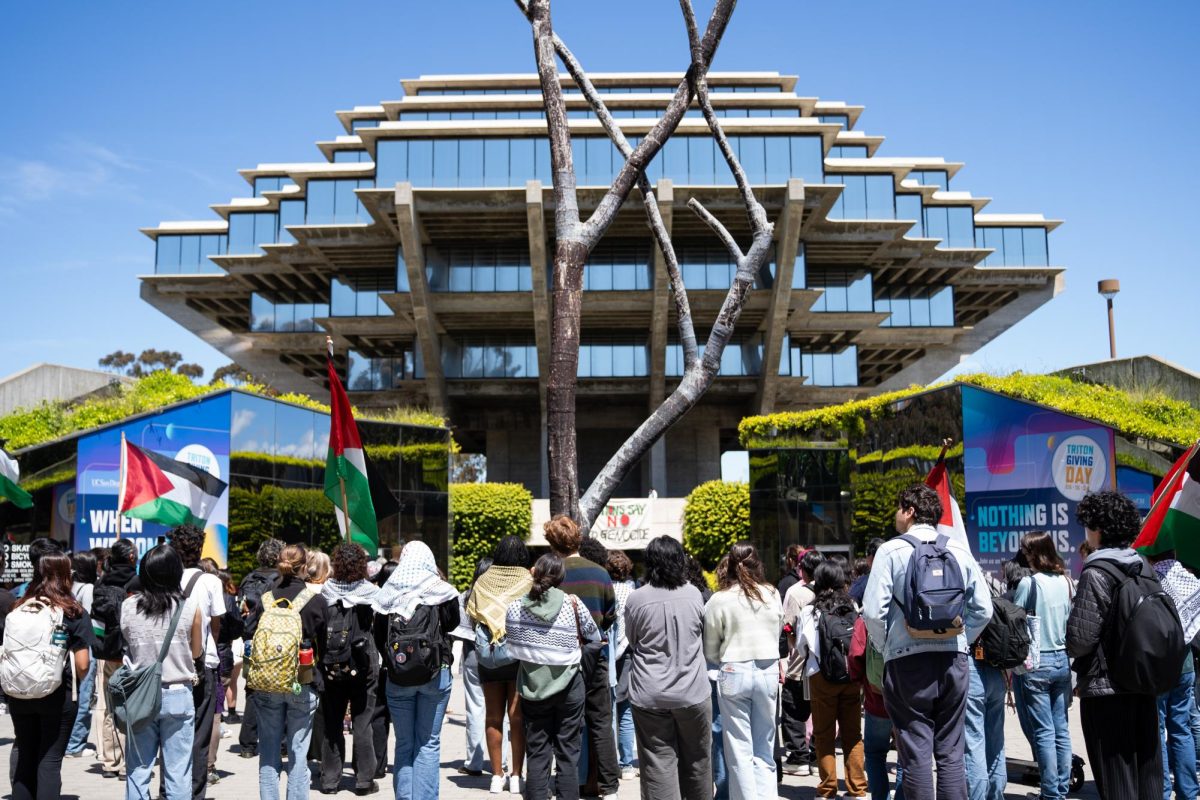From the flooded apartments at Marshall Lower Apartments to the daily struggle for students in wheelchairs to make their way throughout campus, we can all see the need for improvements here at UC San Diego.
Our university faces the same challenges as all the state’s public four-year universities and colleges: Older buildings and too little money to maintain and update them.
Nearly 60% of the UC’s public buildings are older than most of us: More than 30 years old. More than 40% of the UC’s public buildings are even older: Built between 1950 and 1980. In the CSU system, half the space is 40 years or older, and a third is more than 50 years old.
Funding for capital improvements, building maintenance and modernization – including better accessibility – at the state’s four-year universities and colleges plummeted during the Great Recession. As a result, UC San Diego and all the state’s four-year universities have big backlogs of deferred maintenance.
Throughout the UC campuses, we see the construction of new buildings and areas, yet there are still buildings in need of upgrades and maintenance. These aging buildings mean that many of us now find ourselves in housing that is not properly equipped to prevent flooding, attending lectures in seismically deficient classrooms, working with outdated equipment and occasionally shut out of certain courses because of the limited available class space.
Among California’s youngest students, millions now attend classes in obsolete, unsafe and unhealthy K-12 facilities, which can harm their education and their health.
That’s why I’ve joined the bipartisan California Coalition for Public Higher Education; teachers, doctors, nurses, firefighters and military veterans in supporting a $15 billion bond measure on the March 3 ballot. Prop. 13 will provide desperately needed new funds to protect the health and safety of California students in higher education and in pre-school to grade 12. It places a priority on fixing earthquake, fire and other life safety issues.
The bond measure, which is officially titled the California Public Preschool, Kindergarten-12 and College Health and Safety Bond, was given the same number as a more famous tax measure by the Secretary of State. But this version of
Prop. 13 will be providing funding for education. Proponents call it the strongest statewide school bond measure in California history.
For higher education, Prop. 13 will provide $6 billion, which will be divided equally among UC, CSU and Community Colleges. It is the first bond measure since 2006 to provide significant funding for higher education infrastructure.
Another $9 billion will fund the removal of asbestos and mold; and pay for replacing outdated drinking water systems and vital repairs to ensure California’s pre-k-12 schools are safe for students. California’s charter and technical schools will receive $100 million to make those campuses safer.
Because rundown buildings are most often found in low-wealth school districts, the bond measure includes key reforms to ensure equitable school facilities funding by investing in districts that most need the funds.
Prop. 13 also has significant protections for taxpayer money. It requires public hearings to get public input, and any campus that receives funds from it will be required to develop a five-year plan to create more affordable student housing. Prop. 13 also limits administrative costs and mandates independent performance audits of the projects it funds.
In addition to making campuses safer, Prop. 13 will help us meet the demand for more educated workers in the future. In the next 10 years, the nonpartisan Public Policy Institute of California (PPIC) said the state’s employers will need 1.1 million more graduates with bachelor’s degrees than are expected to graduate now.
Our colleges and universities need to have well-maintained classrooms, dorms and equipment to educate students and ensure our economy continues to thrive. As students, we can play an important role in improving our own campuses and assuring a strong economic future for us when we enter the workforce.
We can do this by registering to vote and voting in the state’s March 3 election.
If you’re not registered to vote, you need to do so by Feb. 18 by going here. If you miss that deadline, you can “conditionally” register and vote at your county elections office.
If you’re like me, and registered to vote at your parents’ home or somewhere else and won’t be there on election day, please get an absentee ballot by completing this form. Those forms must arrive by Feb. 25.
The March 3 election is closer than it seems. Absentee voting will begin in February, and this will be a closely watched election, with presidential candidates at the top of the ballot. Please don’t stop there though! Keep going down the ballot to the ballot measures and cast your YES VOTE for PROP. 13.
I know some of may think your vote doesn’t count or that you can’t effect change. But consider this: There have been elections in this state and this country that have been decided by one vote – and many more by just a handful of votes. If we come together under the common goal of making all Educational Facilities safer and healthier for all California students, then we will have the power to effect the change that is needed and ensure that is seen through to the end.
Please cast your vote to make the improvements that will protect campus housing from flooding and will help ensure we have safe, up-to-date buildings and equipment for all Tritons. Vote YES on Prop. 13 on March 3.
Kamron Williams is Vice President of External Affairs for Associated Students, UC San Diego. For more information about Prop.13, please visit http://yestohighered.org/
Portrait of Kamron Williams provided by Associated Students.


